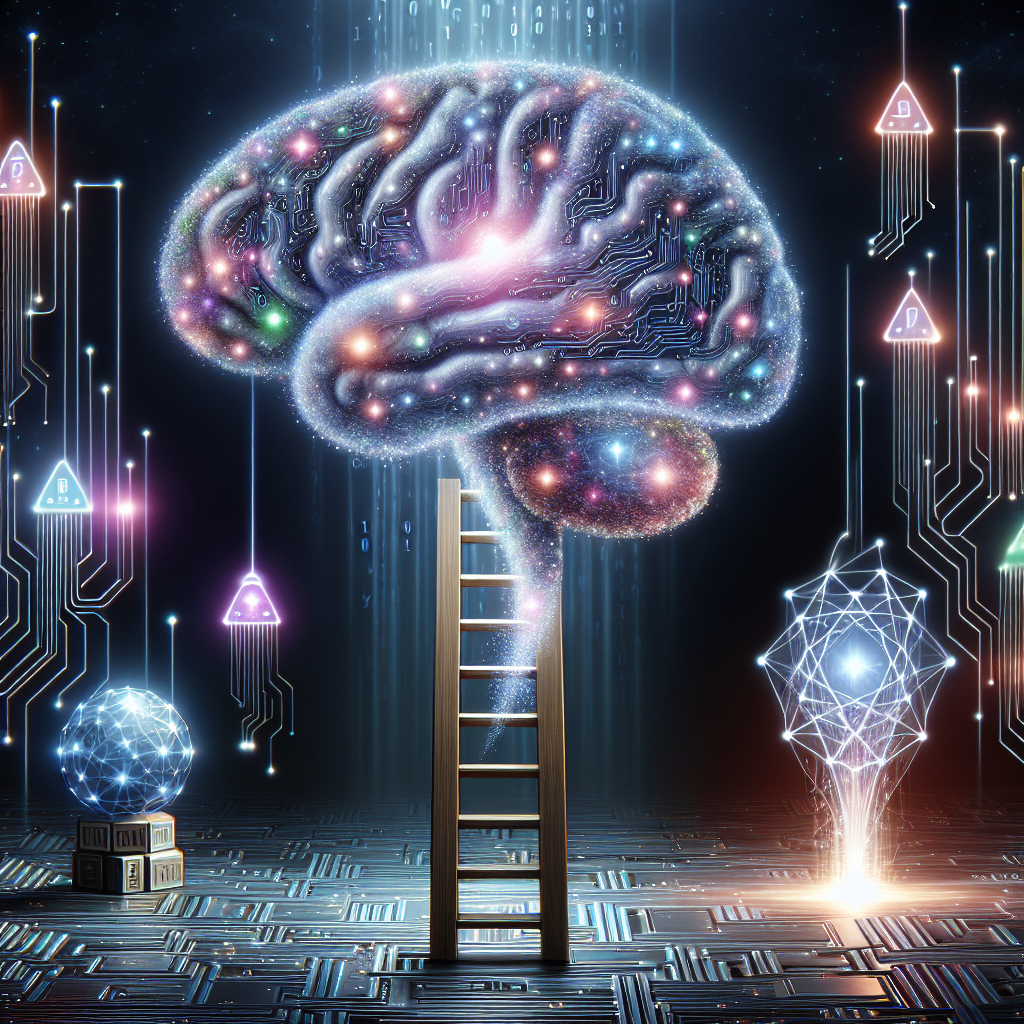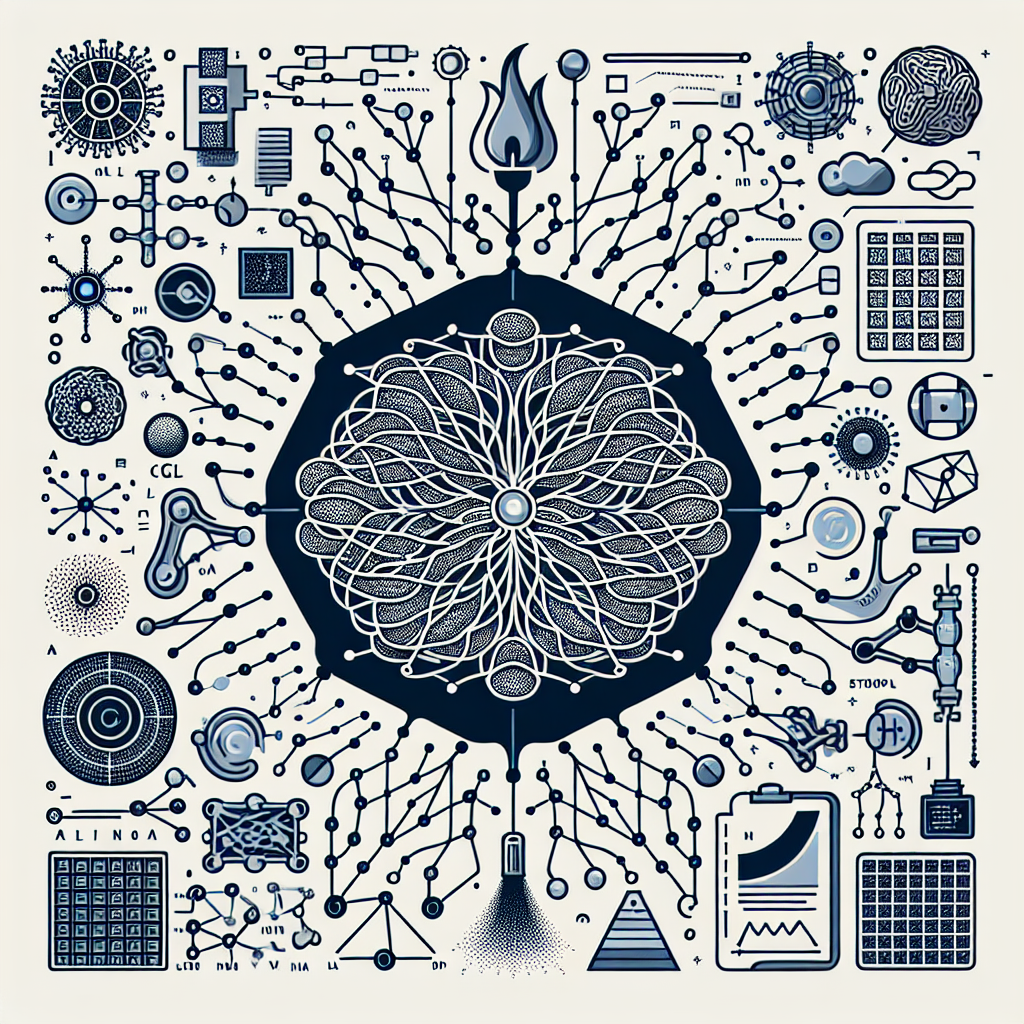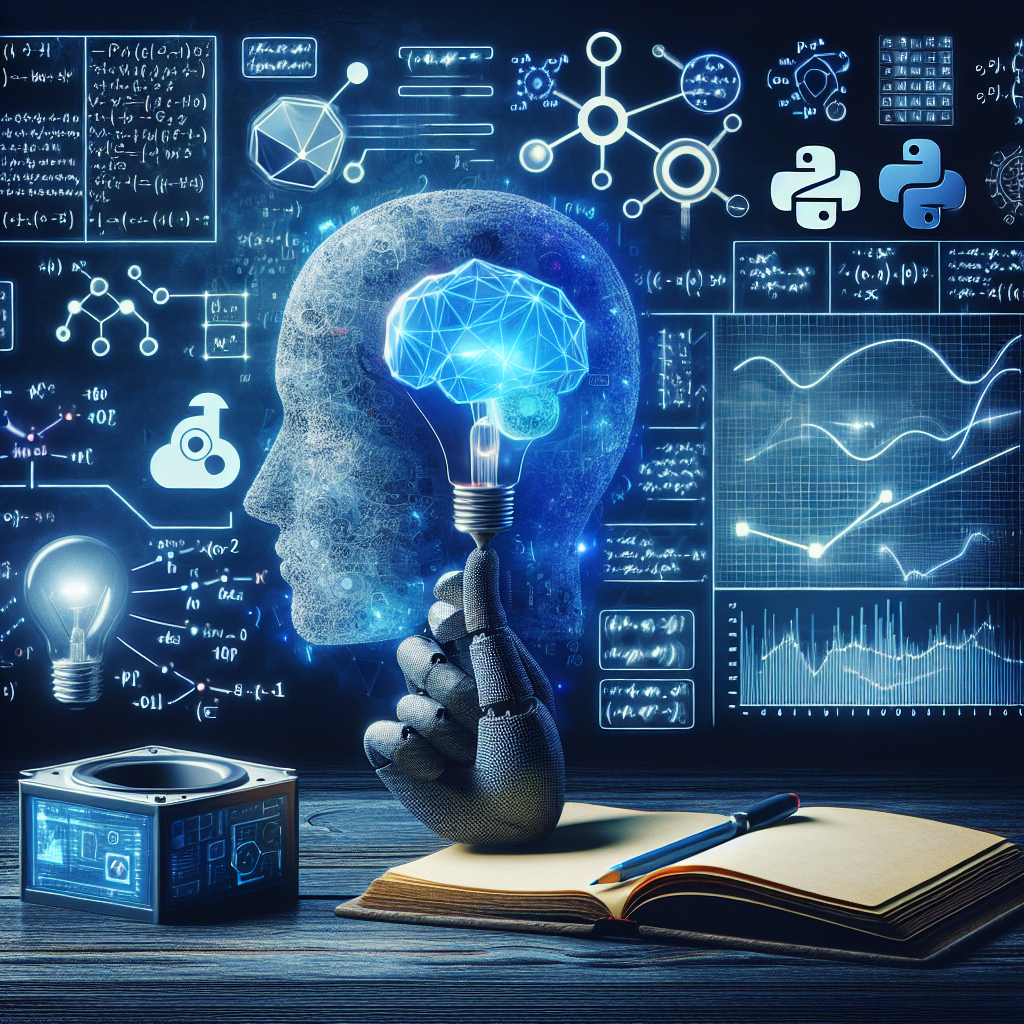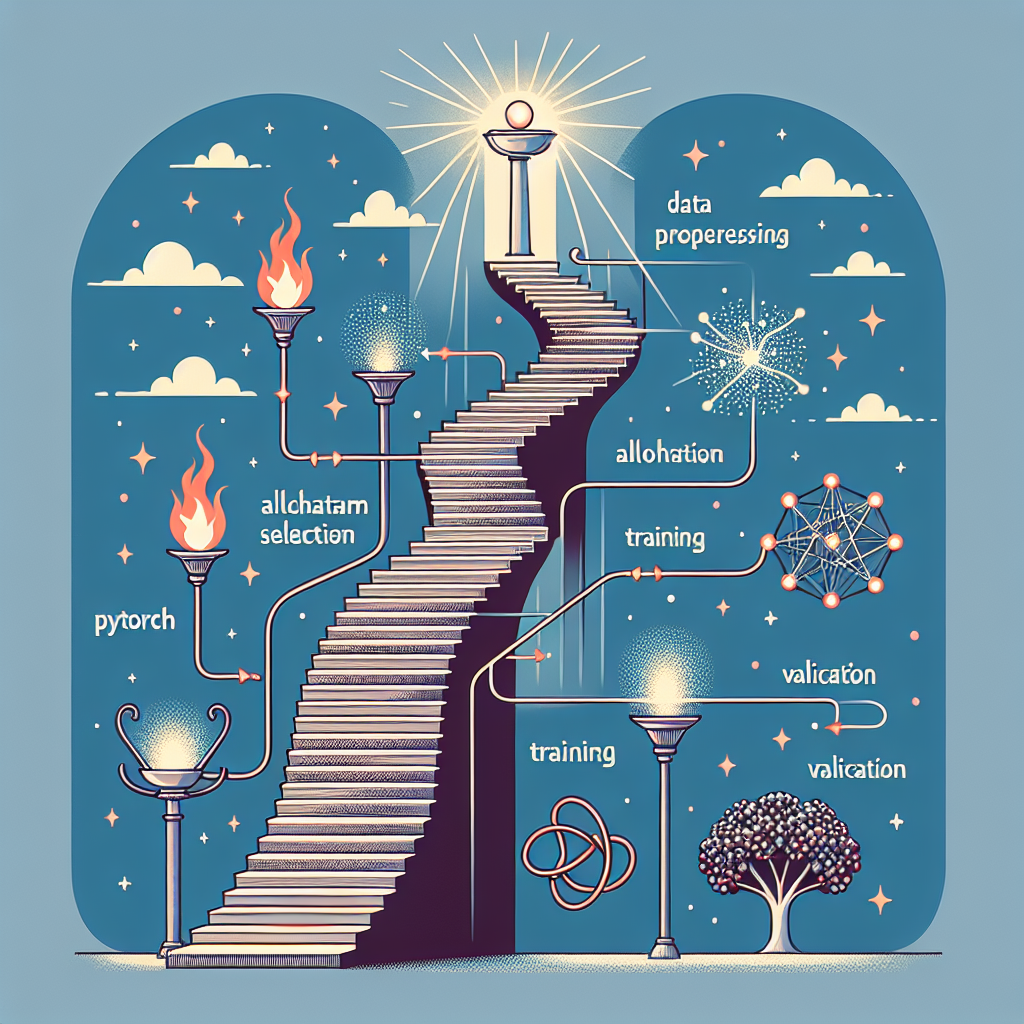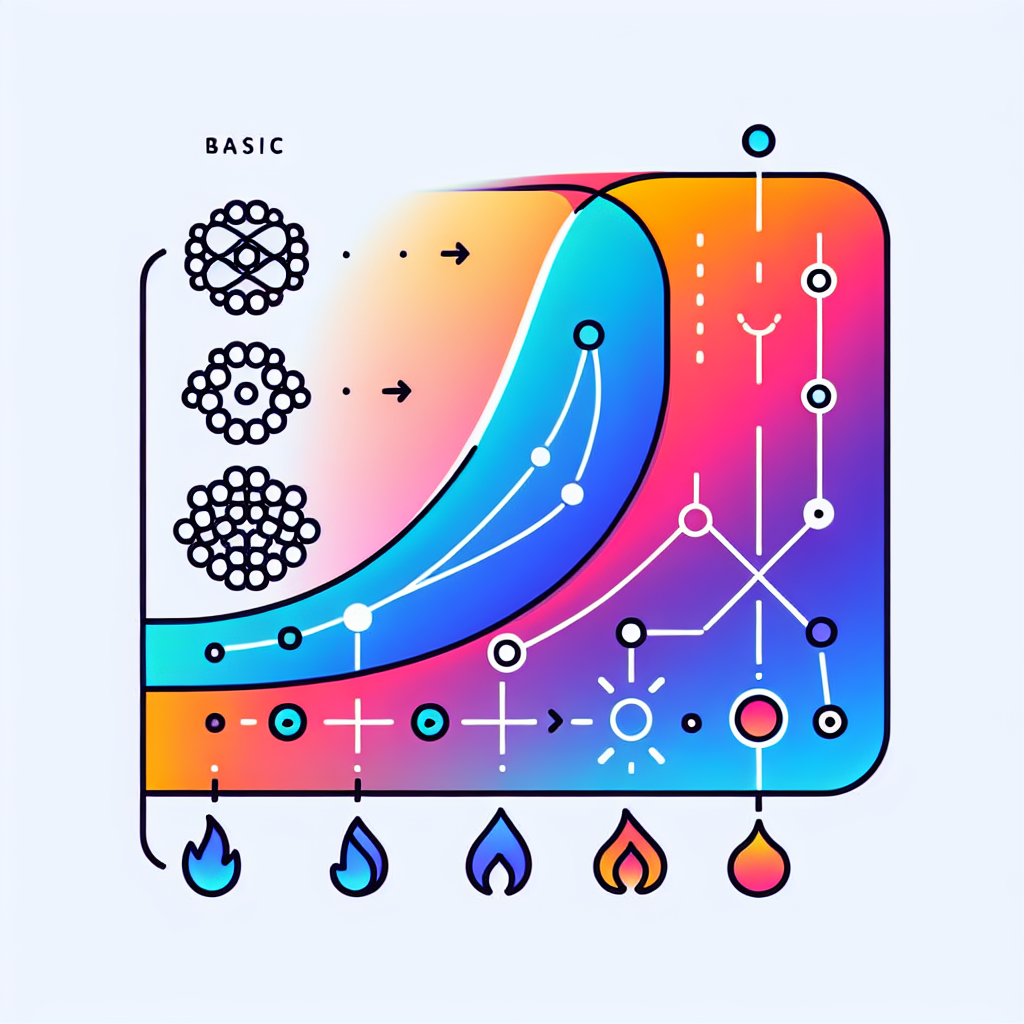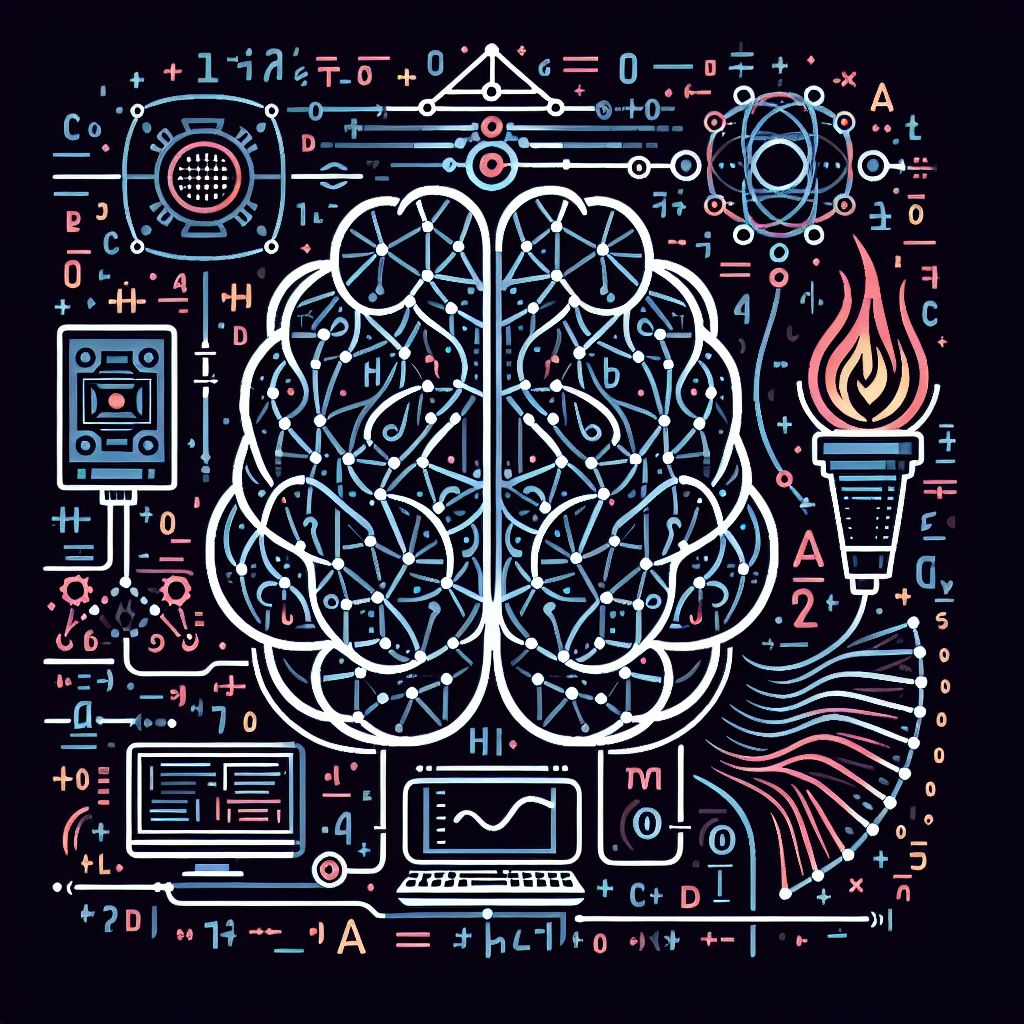Fix today. Protect forever.
Secure your devices with the #1 malware removal and protection software
In recent years, deep learning has revolutionized the field of artificial intelligence, enabling machines to learn complex tasks and make decisions in a way that was previously thought to be impossible. With the rise of deep learning frameworks like PyTorch and TensorFlow, creating machine learning systems has become more accessible and powerful than ever before.
In this article, we will explore how to unleash the power of deep learning by providing a step-by-step guide to creating machine learning systems with PyTorch and TensorFlow. From understanding the basics of deep learning to building and training your own neural networks, this guide will help you harness the full potential of these cutting-edge technologies.
Understanding Deep Learning
Before diving into the details of creating machine learning systems with PyTorch and TensorFlow, it is important to have a basic understanding of what deep learning is and how it works. Deep learning is a subset of machine learning that uses artificial neural networks to learn from data and make predictions or decisions. These neural networks are inspired by the structure of the human brain, with layers of interconnected nodes that process information and extract patterns.
Creating Machine Learning Systems with PyTorch
PyTorch is an open-source deep learning framework developed by Facebook that provides a flexible and easy-to-use platform for building and training neural networks. To get started with PyTorch, you will need to install the framework and its dependencies on your machine. Once installed, you can create a neural network by defining the architecture of the network, specifying the layers and activation functions, and setting the parameters for training.
Training a neural network with PyTorch involves feeding data through the network, calculating the loss or error, and updating the weights to minimize the error. This process, known as backpropagation, is repeated over multiple iterations or epochs until the network learns to make accurate predictions. PyTorch provides tools and utilities for monitoring the training process, visualizing the results, and fine-tuning the network to improve performance.
Creating Machine Learning Systems with TensorFlow
TensorFlow is another popular deep learning framework developed by Google that offers a powerful and scalable platform for building and training neural networks. To get started with TensorFlow, you will need to install the framework and its dependencies on your machine. Once installed, you can create a neural network using TensorFlow’s high-level API, Keras, which simplifies the process of defining and training neural networks.
Training a neural network with TensorFlow involves similar steps as with PyTorch, including feeding data through the network, calculating the loss, and updating the weights to minimize the error. TensorFlow provides a wide range of tools and utilities for optimizing the training process, including built-in functions for data preprocessing, model evaluation, and hyperparameter tuning. Additionally, TensorFlow supports distributed computing, allowing you to train large neural networks across multiple GPUs or TPUs for faster performance.
Conclusion
In conclusion, deep learning has become a powerful tool for creating machine learning systems that can learn from data and make intelligent decisions. By leveraging deep learning frameworks like PyTorch and TensorFlow, you can unlock the full potential of these technologies and build sophisticated neural networks that can solve a wide range of complex tasks. Whether you are a beginner or an experienced data scientist, this step-by-step guide will help you get started with deep learning and unleash the power of machine learning systems in your projects.
Fix today. Protect forever.
Secure your devices with the #1 malware removal and protection software
#Unleashing #Power #Deep #Learning #StepbyStep #Guide #Creating #Machine #Learning #Systems #PyTorch #TensorFlow,understanding deep learning: building machine learning systems with pytorch
and tensorflow: from neural networks (cnn
